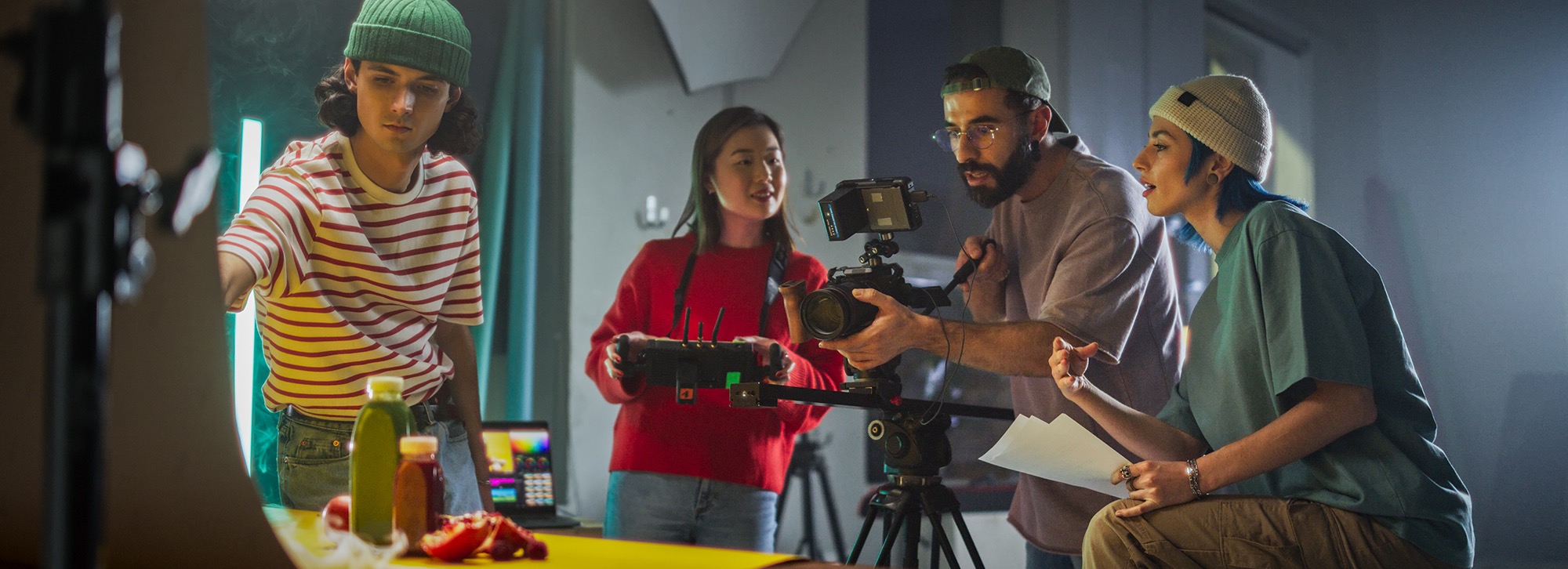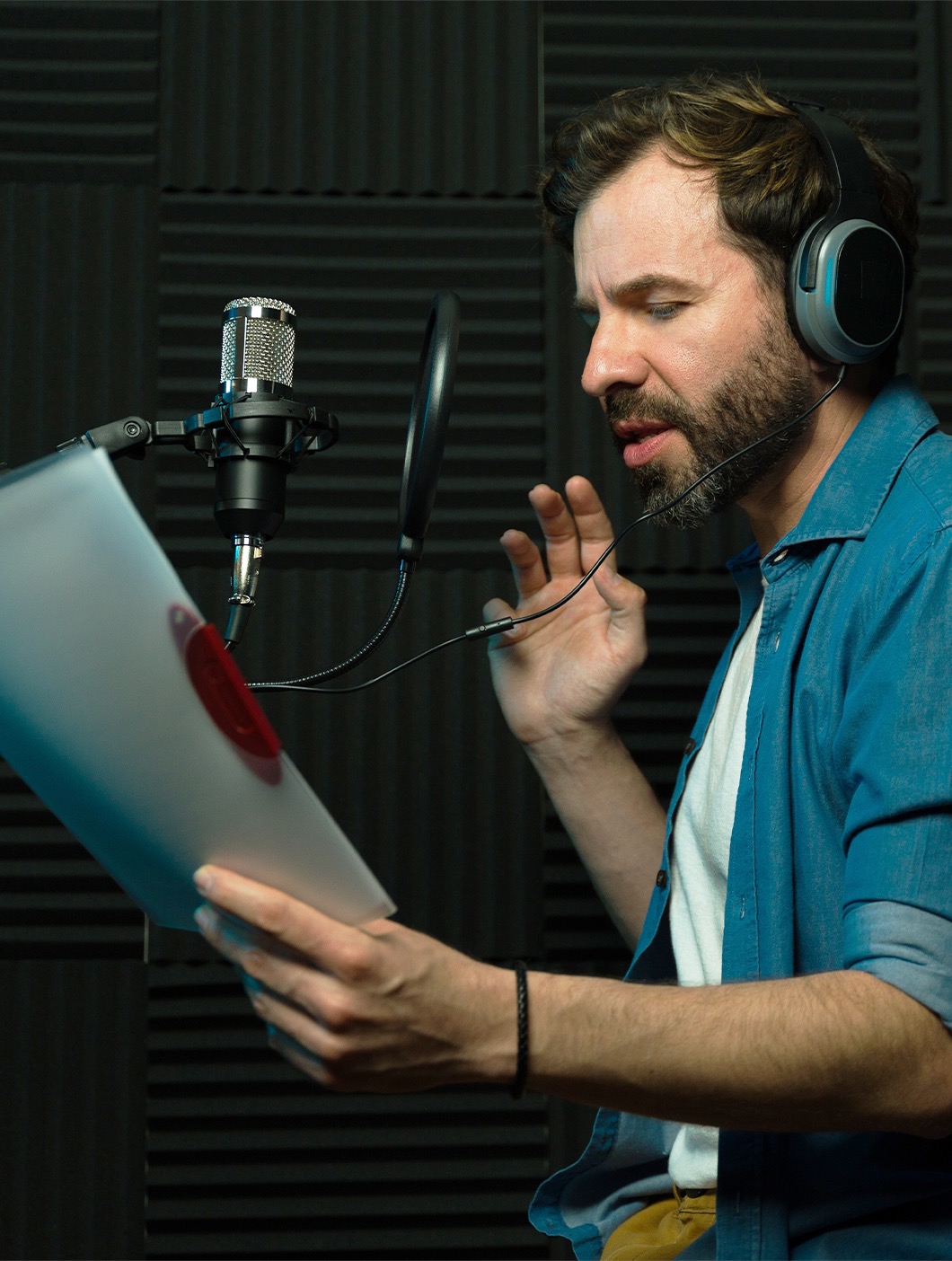Storytelling is an effective method for unraveling difficult concepts, creating empathy, and reaching people via emotion. Because stories help details become recalled, resulting in a deeper and more engaging knowledge.
What is the “narrative arc”?
In every good story – whether it's a novel, a play, a movie, or a TV show – there is a solid narrative arc.
Within Storytelling, the concept of narrative arc as we know it today was created by Gustav Freytag, a German novelist and playwright who closely analyzed ancient Greek writing, along with William Shakespeare's five-act plays.
Narrative arc, also called “story arc,” “dramatic arc,” or just “arc,” is a literary term for the path a story follows. It is the plot structure, the clear beginning, middle and end of the story, which includes 5 distinct stages.
The stages of Storytelling
Exposition
This is the introduction to the story. The exposition provides background information to prepare the audience for the rest of the story, including the introduction of the main characters (the “who”), the setting (the “where”), and the circumstances or time period (the “when”). In exposition, the writer's sole focus is the construction of the world in which the story's conflict takes place. The length of your exposition depends on the complexity of the story's conflict, the extent of the world being written about, and the writer's personal preference. Still, whether the exposition is short or long, the goal here is to use this part of the story to grab the viewer's attention. The exposition should end with the “inciting incident” – the event that begins the story’s main conflict.
Conflict (Rising Action)
This is where conflict, or rising action, begins to increase. Rising action often begins with what is called the “inciting incident” – the triggering event that sets the main events of the story in motion. This is when the audience starts to see what your story is really about. The rising action explores the story's conflict until its climax. Often, things “get worse” in this part of the story: someone makes a wrong decision, we learn about a detail that was not expected, or new characters appear who add something and complicate the story. Conflict occupations most of the story. However, in conflict we must investigate much more than just the plot of the story. In rising action, most of the time it is when we have access to key pieces of the story that is unfolding. As the conflict unfolds, we learn more about the characters' motives, the world of the story, the themes being explored.
Climax
This is the story's highest point of tension, and it is often where all of the various subplots and characters come together. Typically, the climax needs the main character to confront the truth, make a critical decision, or divulge facts. The story's conflict reaches a climax, and we learn what happens to the main characters. The climax can be viewed as the "turning" moment in the story, in which the major conflict is addressed in an irreversible manner.
Overcoming (Falling Action)
Overcoming, also known as falling action, occurs as a result of the protagonist's decision or explanation of the dilemma. During the overcoming phase, conflict gives way to settlement, allowing us to investigate the repercussions of the preceding phase. Loose ends are resolved, and tension begins to subside. The downward action of the story is typically the most difficult to explain. It's time to tie up loose ends in the primary conflict, explore bigger concepts and themes, and bring the story to a close, all while focusing on the climax and its implications. If upward action deviates from "normal," downward action restores a "new normal," despite the fact that upward and downward action appear to be diametrically opposed. At the same time, the story must keep the reader engaged. To make the story as exciting as feasible, we must thoroughly explain the story's world and the challenges that exist within it during the falling action.
Resolution
The resolution, often known as the outcome, is how your tale concludes. The closure of a narrative arc is not always pleasant, but it completes the cycle and demonstrates how the story's events affected the characters and the world around them. We should use the resolution to continue thinking about the tale's topic, so that the spectator has something to ponder about when the story concludes.

The importance of the video script | There is no video without a script
The most crucial aspect of any video production process is writing the screenplay, which is where we generate storytelling, whether it's a commercial video, a corporate video, an explanation video, a training video, or motion graphics. Creating a screenplay before producing the video simplifies the process and provides clarity for everyone involved. The script ensures that the planned video content fulfills the purpose while also capturing the interest of those watching it.
The script is critical because it serves as the engine of production, driving and influencing all following stages. If someone has a well-written script that engages the intended audience, the video will instantly become good. However, if someone has a visually appealing video program but a limited script, the video will probably have less impact. Without a decent script, there is no clear flow of ideas, thoughts, or story. Thus, a well-written script serves as the motor that drives a successful video.

The significance of voiceover | The voice of your video
In addition to defining tone and storytelling, voiceover aids the audience's understanding and retention of information. The public will remember your brand/project for a longer period of time because to improved knowledge retention.
Voiceover is critical for building a company's reputation and awareness. It's an important aspect of any firm's audio file marketing strategy because it can influence how customers perceive and remember the company.
Customers are more likely to recognize and remember a brand when they hear the same voice representing it across many channels. This consistent character conveys familiarity and trust. Choosing voiceover can help the business define itself in an increasingly competitive market, as a distinct voice can make the brand more easily known and recognized.

The significance of editing for storytelling
Editing is essential for creating a story and acts as the foundation of every successful video production. This is what enables us to turn hours of film into a professional finished product.
Video editing allows you to improve the appearance of videos by using different effects, transitions, and filters. When we carefully use all of the aspects, we can create a visually appealing experience for the audience. Color grading techniques allow you to improve the video's surroundings and overall ambiance, making it more appealing and interesting.
Storytelling is an essential component of video creation. We can modify the video narrative and transform viewers' emotional journeys through editing. Furthermore, you can modify the dramatic impact of your story by using editing techniques such as rhythm, slow motion, or even fast forward, as well as changing the pace of the music.
It is not uncommon to discover defects and imperfections in the footage while recording. From shaky photos to background noise and lighting anomalies. Video editing enables you to address these difficulties and correct any other flaws that may distract or detract from the viewing experience. In today's digital landscape, videos are consumed across multiple platforms and devices, including mobile phones and social media platforms. Adding captions and graphics to videos can significantly improve their accessibility and engagement.
Why do you need the Storytelling service?
Storytelling is an effective communication tool. Tworlds Productions has refined the art of telling compelling and memorable stories. Through storytelling, we can assist you in telling your brand's narrative and connecting with your audience on a deeper level. A excellent story arouses emotions. It has the potential to pique people's interest, spread values, and foster community. If you need a good story that reaches your audience's emotions and resonates with them, Tworlds offers a staff with considerable expertise crafting cohesive and inspiring narratives. As a creative content agency, we understand how various audiences think and feel. We use our abilities to assist you communicate your brand's narrative and stand out from the crowd.
Storytelling Service Budget
It is critical to understand that creating videos that contain storytelling can be expensive, especially when attempting to attain a high degree of quality and impact. From script development to production and post-production, each stage necessitates time, resources, and specialized people. However, this expenditure must be viewed as an opportunity to develop content that not only promotes the business, but also establishes a long-term emotional connection with the audience. When determining the cost of a Storytelling video, it is critical to consider not just the immediate cash expenses, but also the possible return in terms of audience engagement, brand recognition, and customer loyalty.
Video Production
High-quality video production by a highly qualified and experienced team. We create effective videos capable of attracting your target audience.
Motion Graphics
Customized solutions to convey your message in a creative and unforgettable way. We bring animation to life and create unique and memorable content.
Documentary Production
Documentaries tailored to your projects and your vision. We are passionate about documentaries and want to tell your story in an inspiring and original way.










